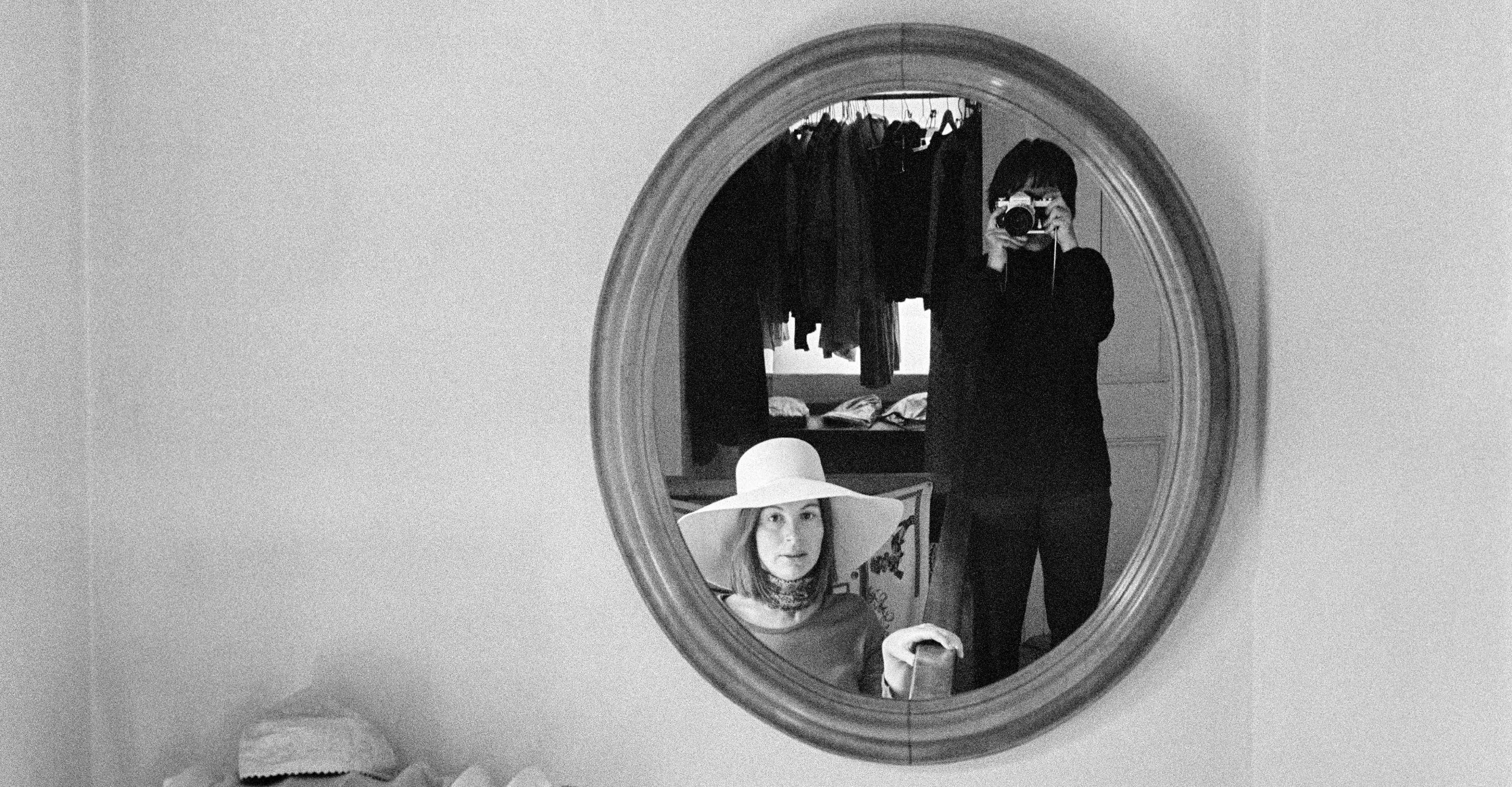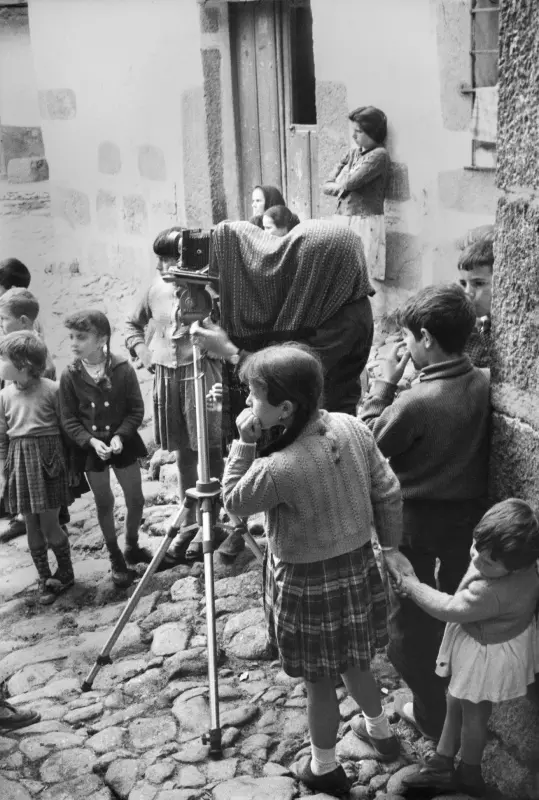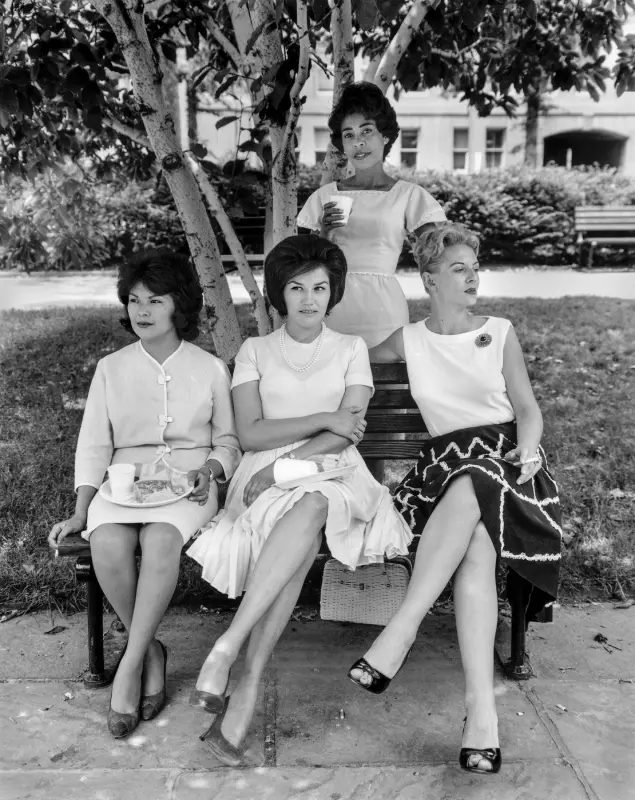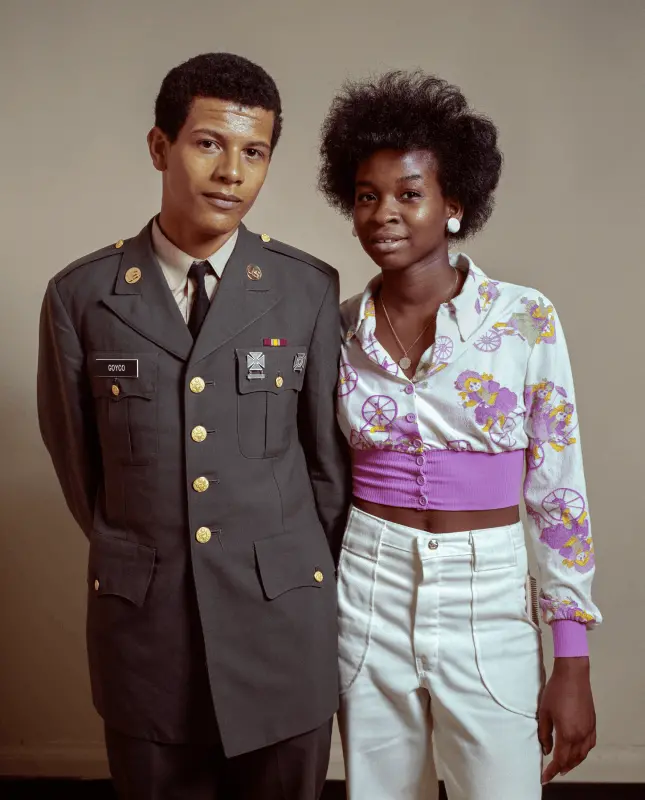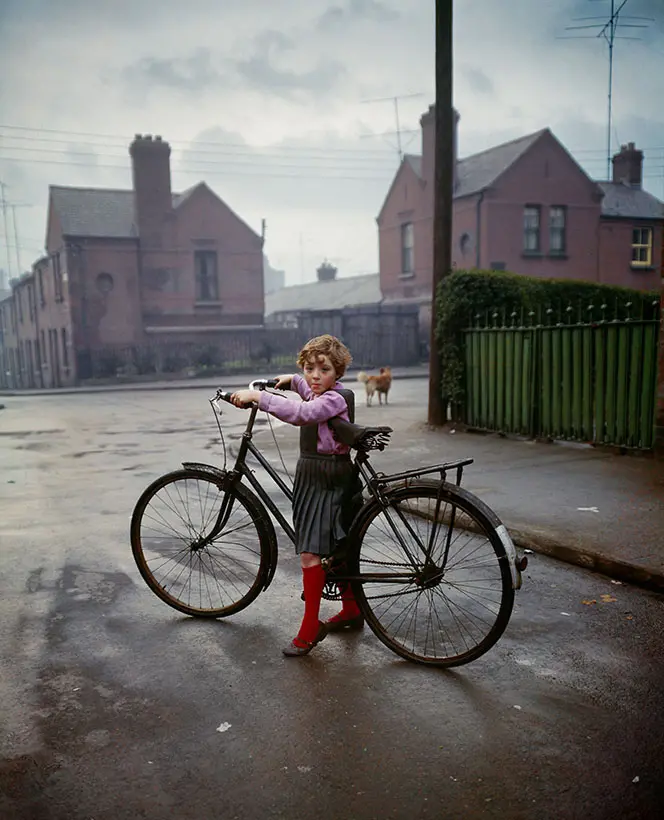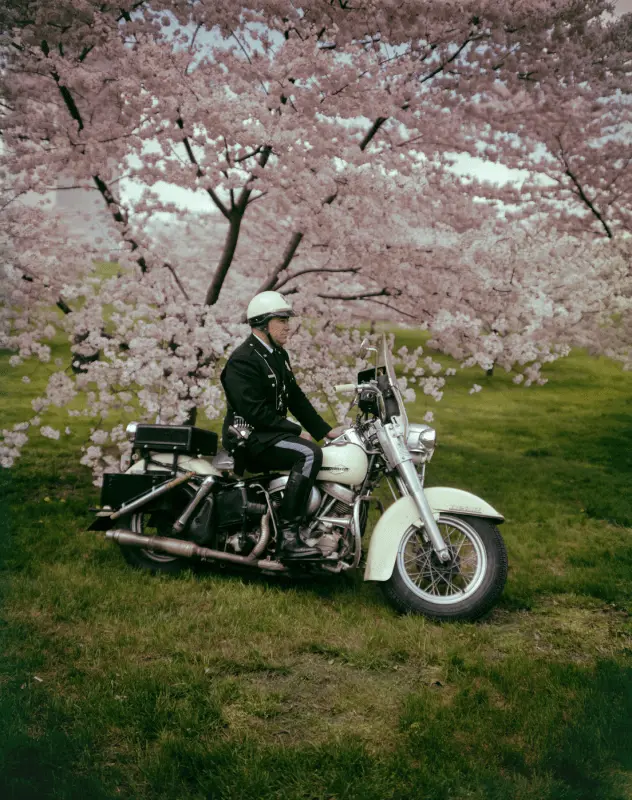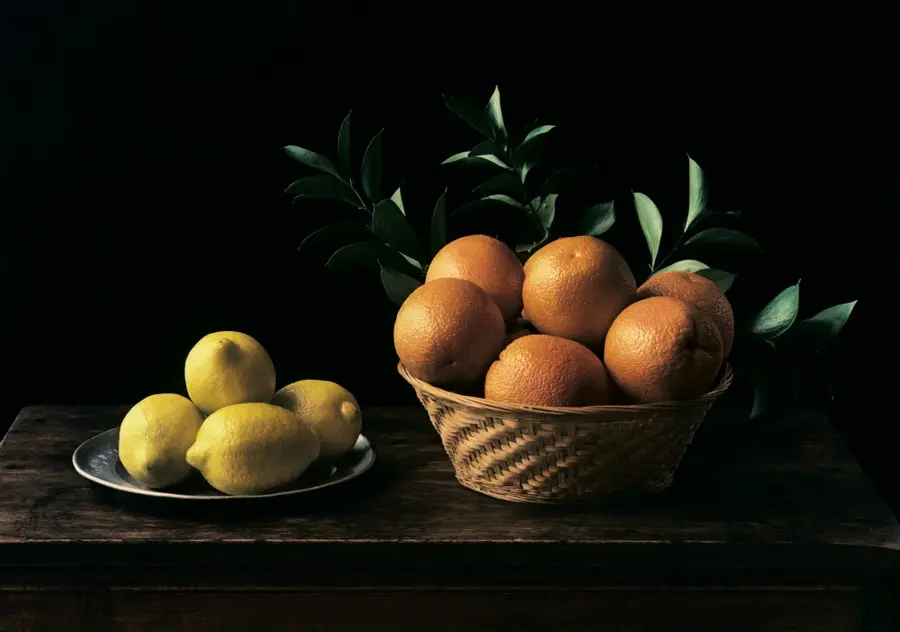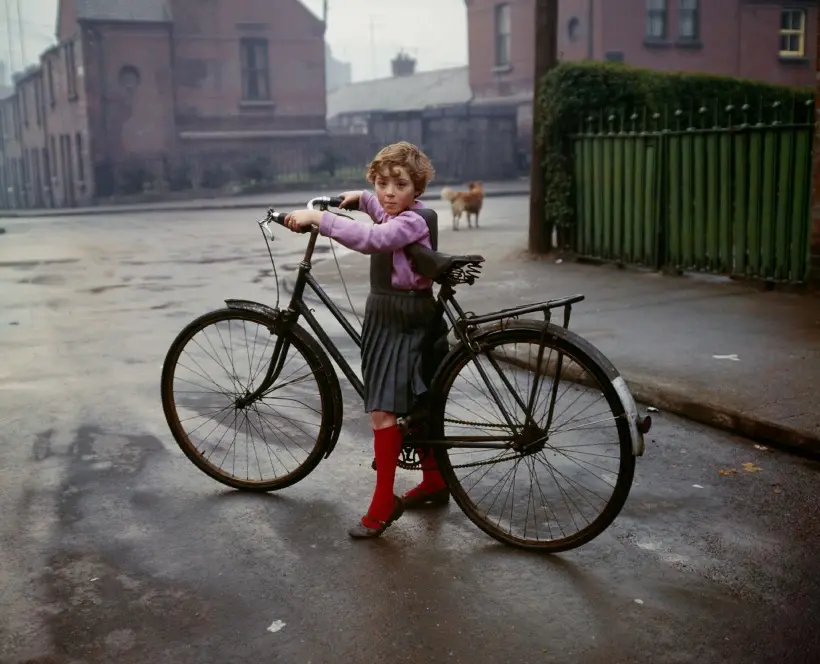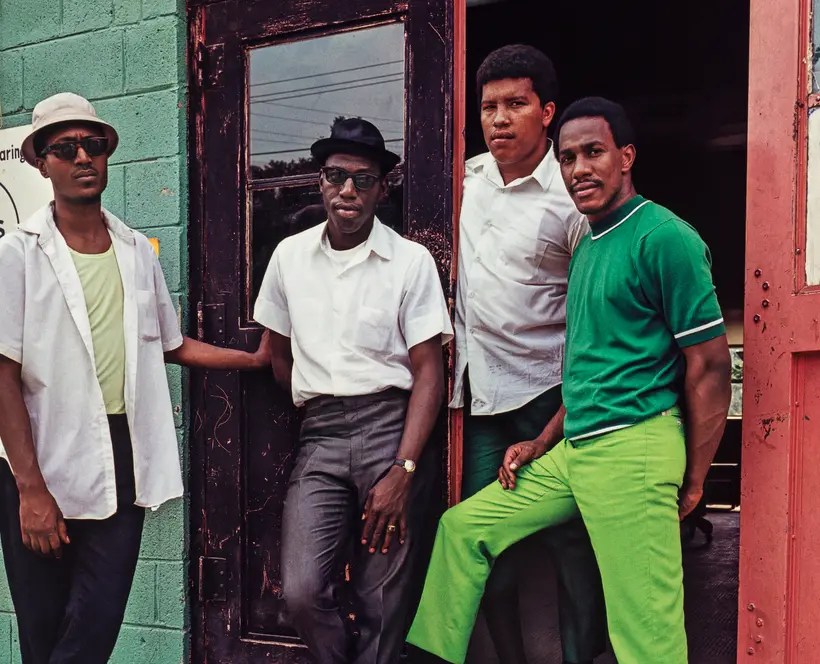Evelyn's photography career begins
Hofer’s early training included apprenticeships in two commercial portrait studios, and an induction in photographic theories and techniques with the German-born Swiss photographer Hans Finsler in Switzerland.
Finsler was a pioneer of the ‘New Objectivity’ movement in German art that arose during the 1920s as a reaction against expressionism. Photographer August Sander was also a member of the group.
This formative period acquainted her with modernist theories of aesthetics and technical and chemical processes as well as traditions which considered applied and fine art photography on an equal footing.
